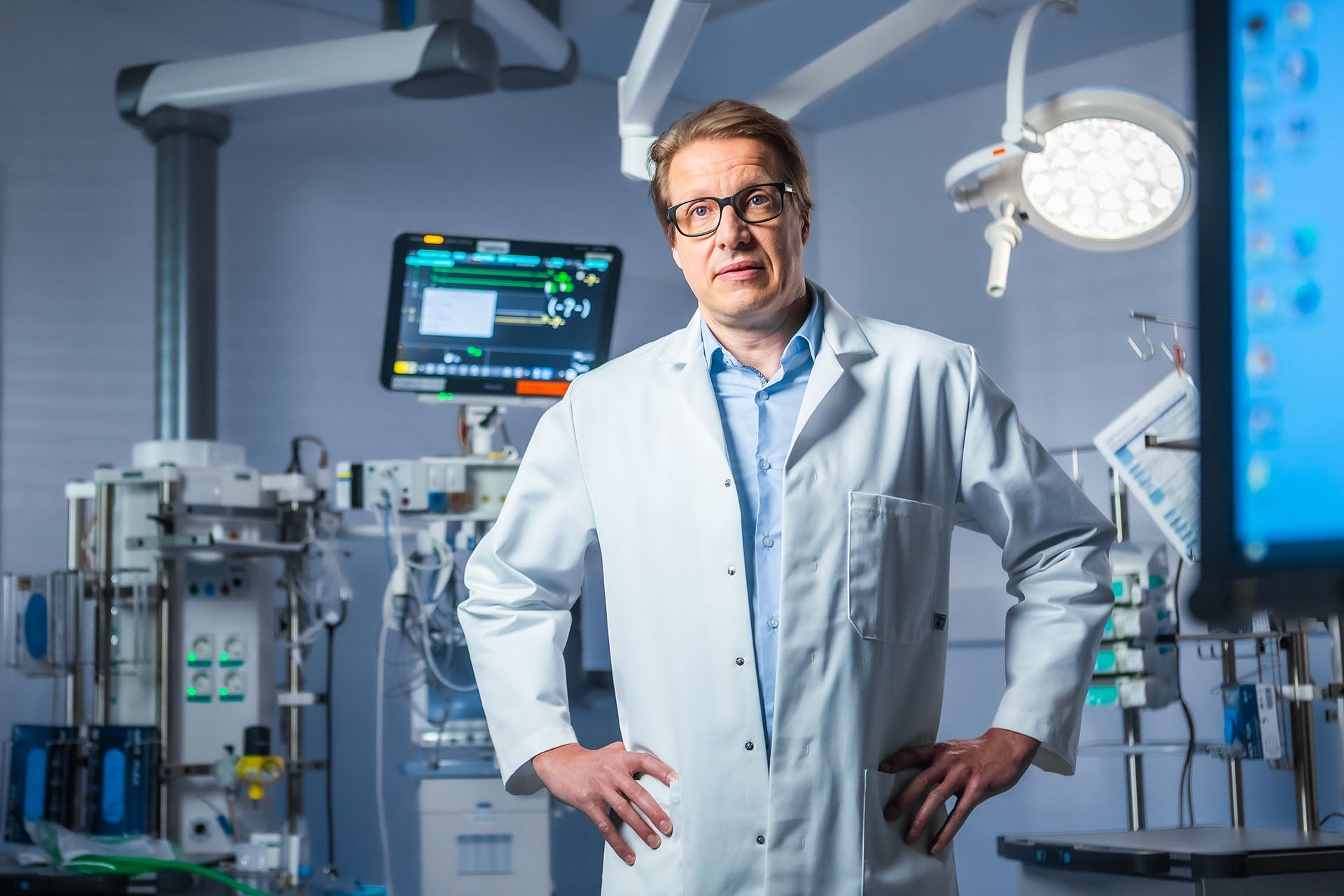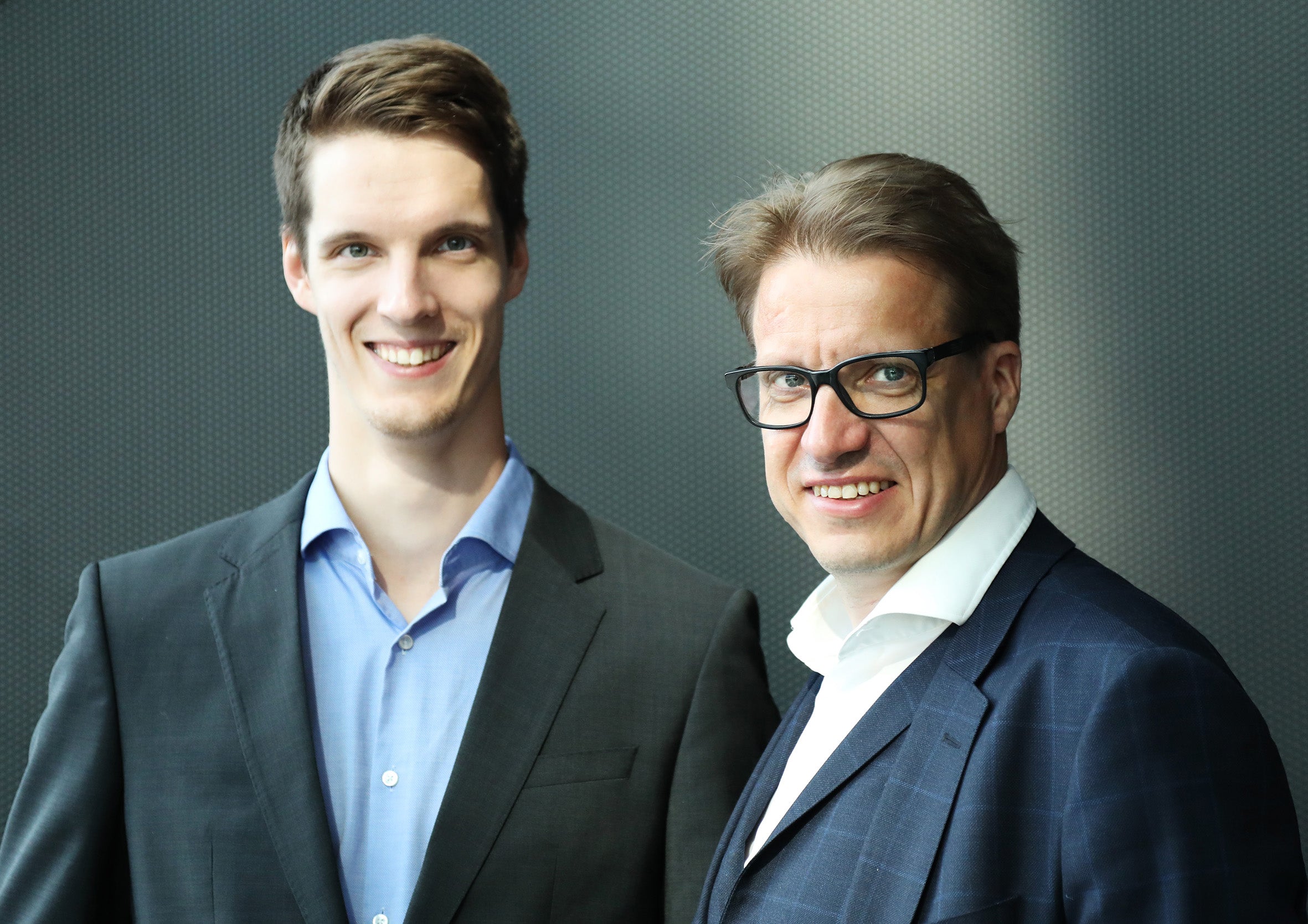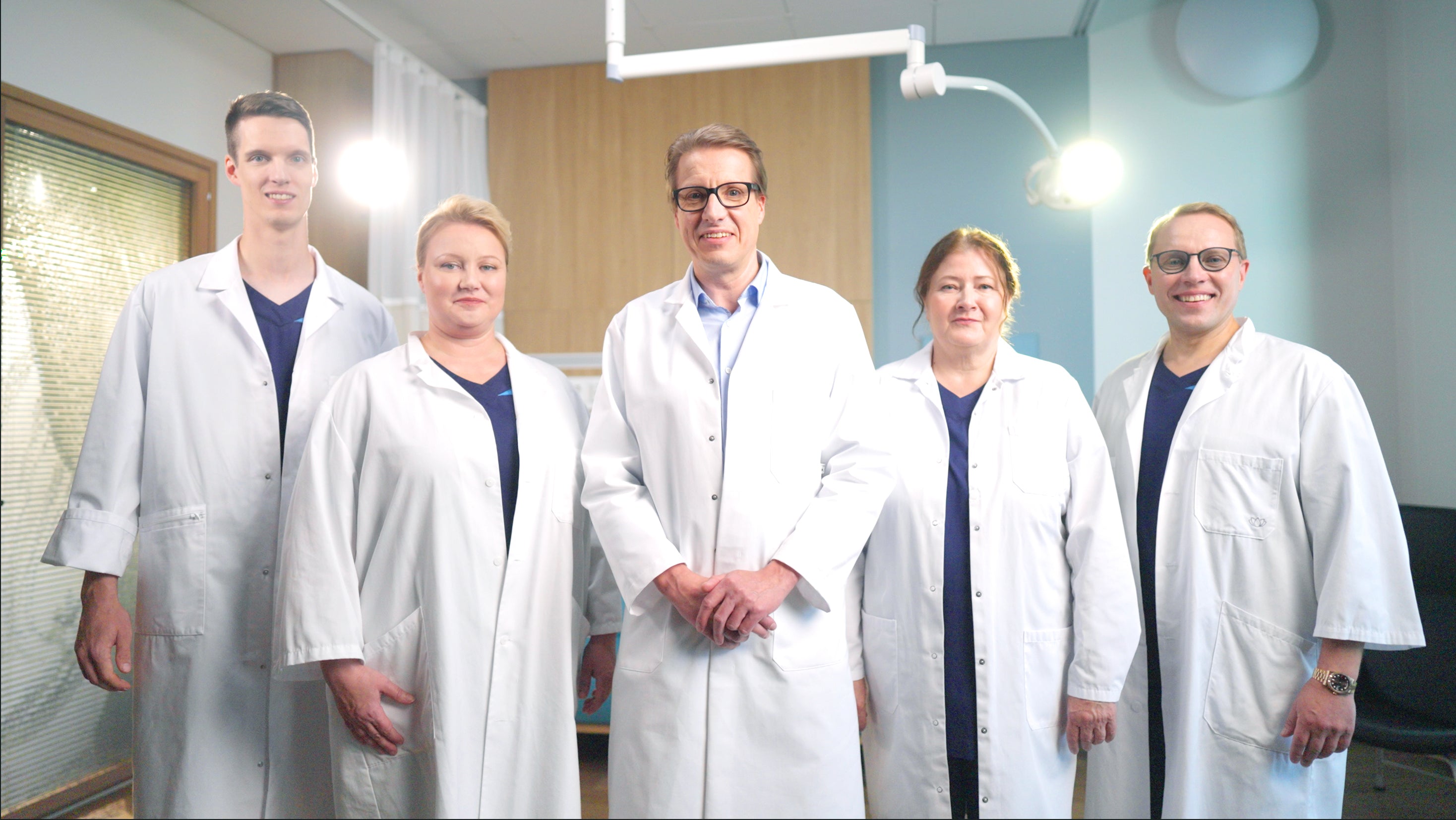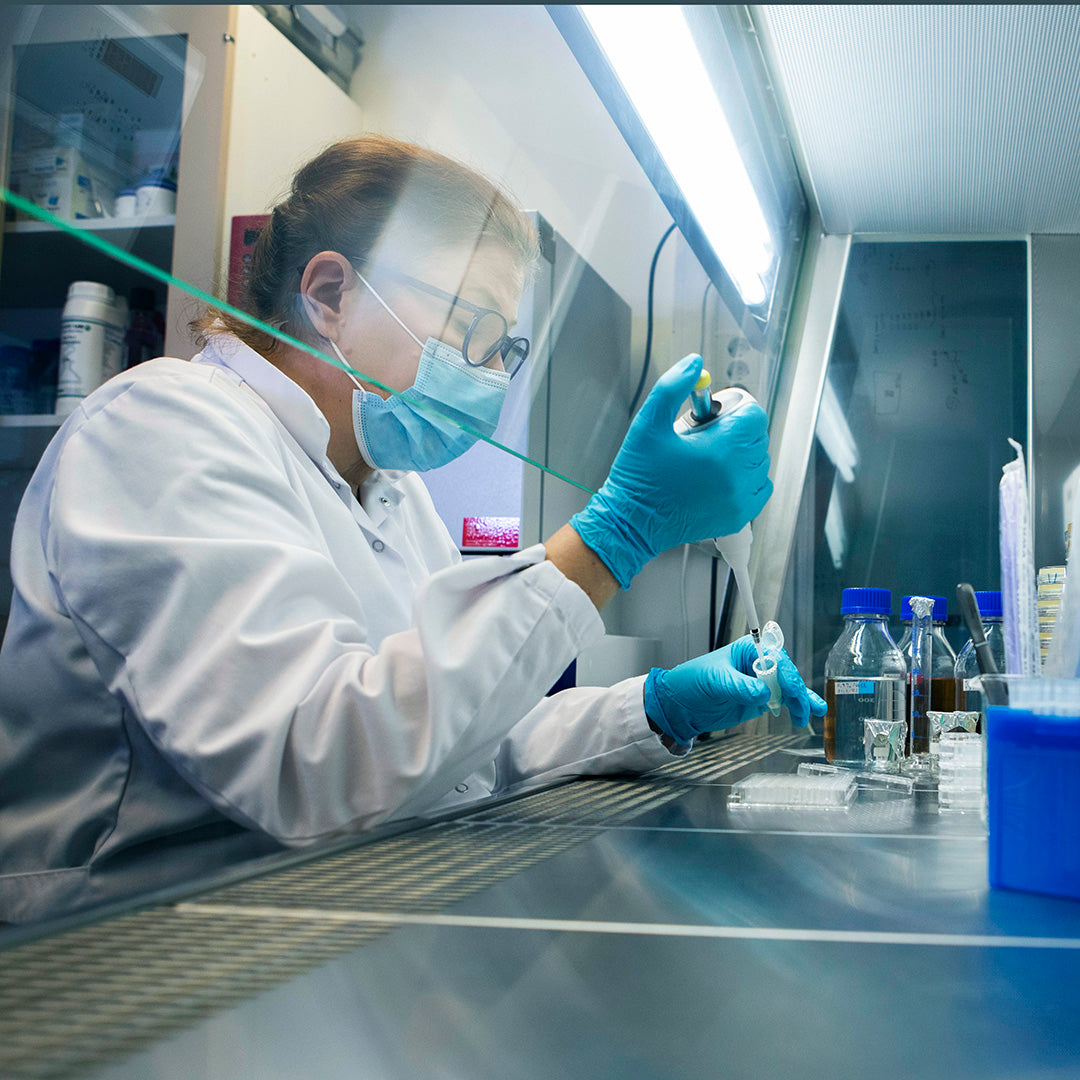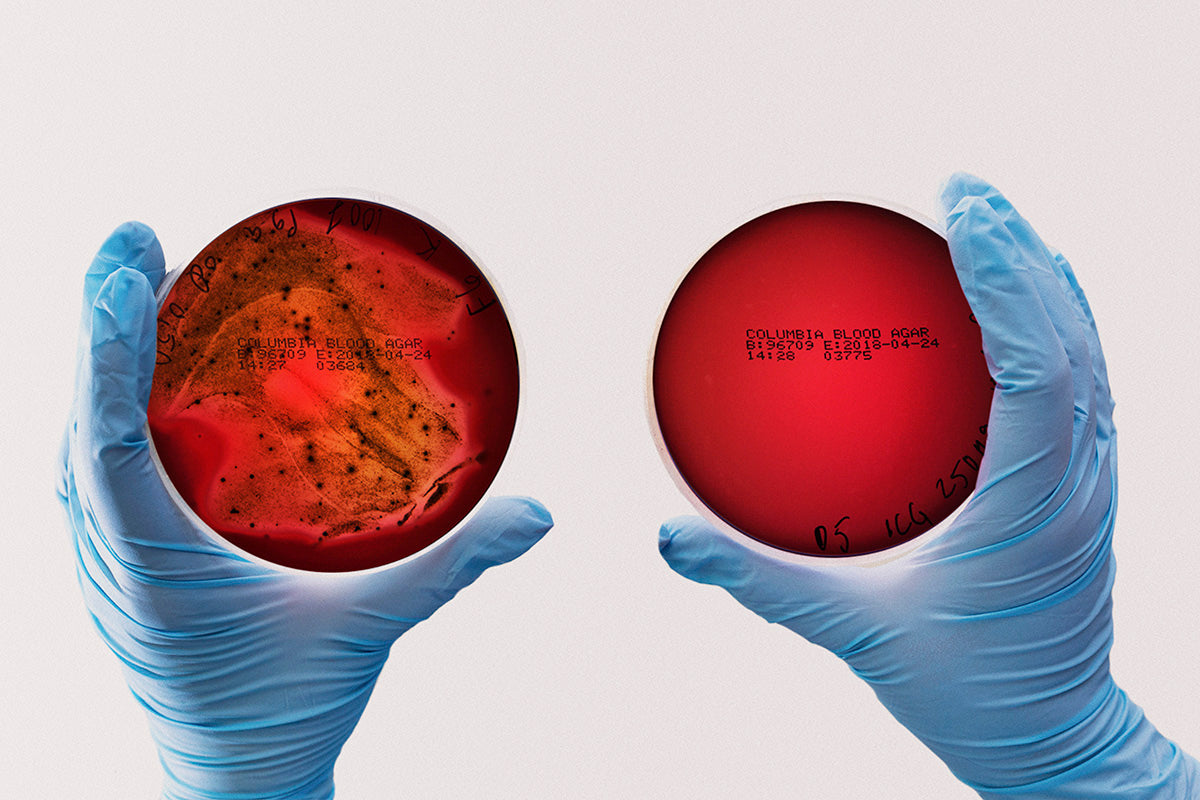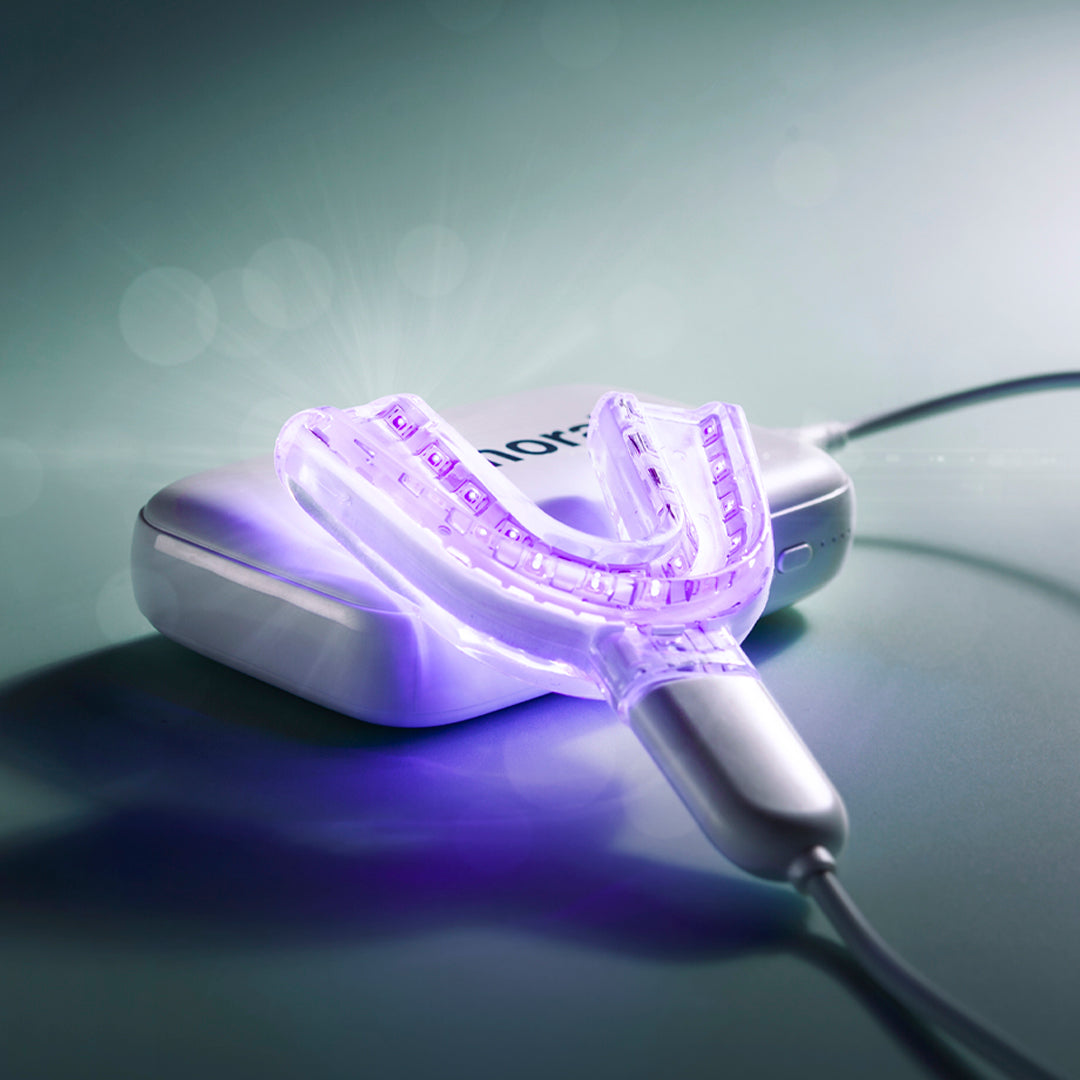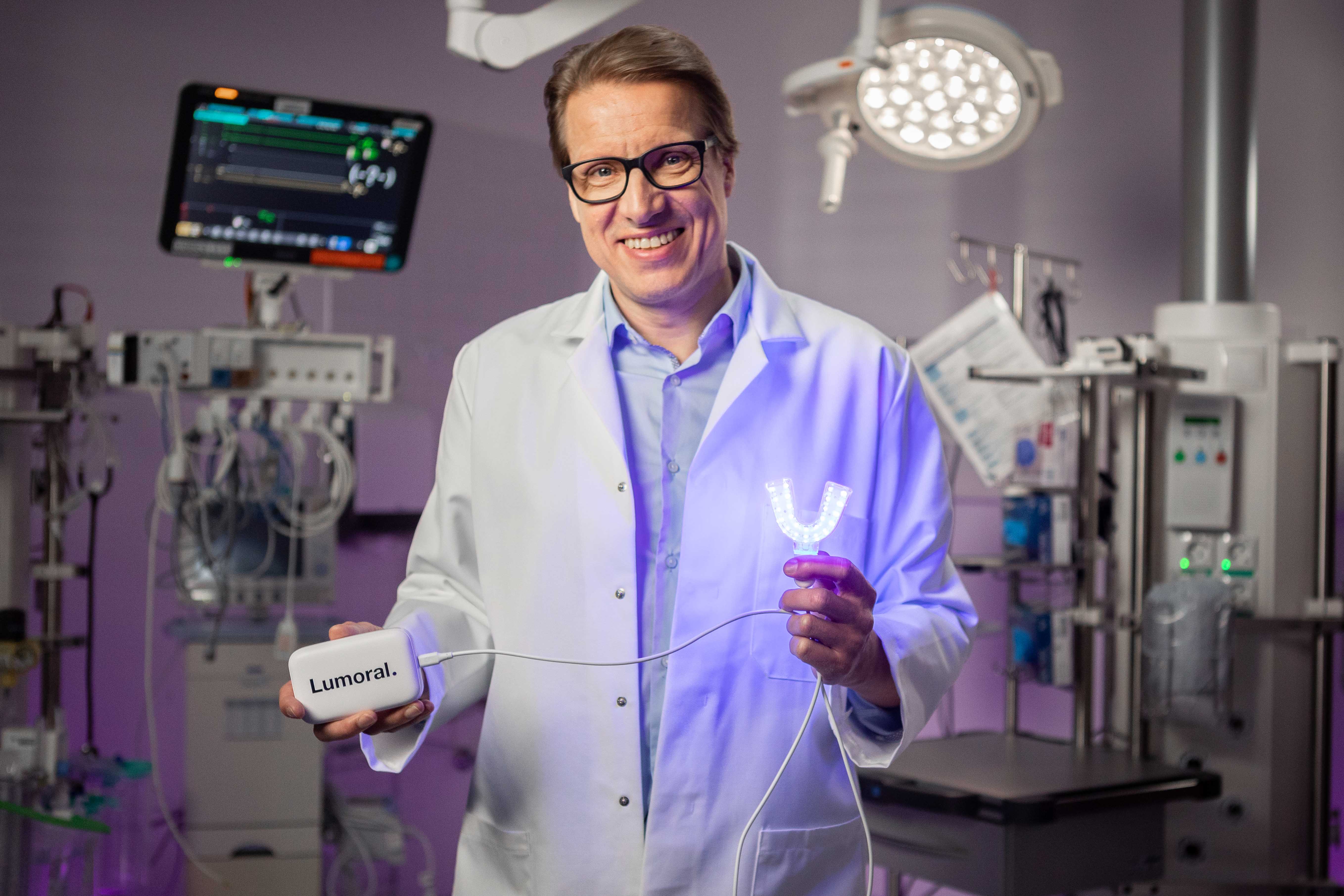
Blog posts
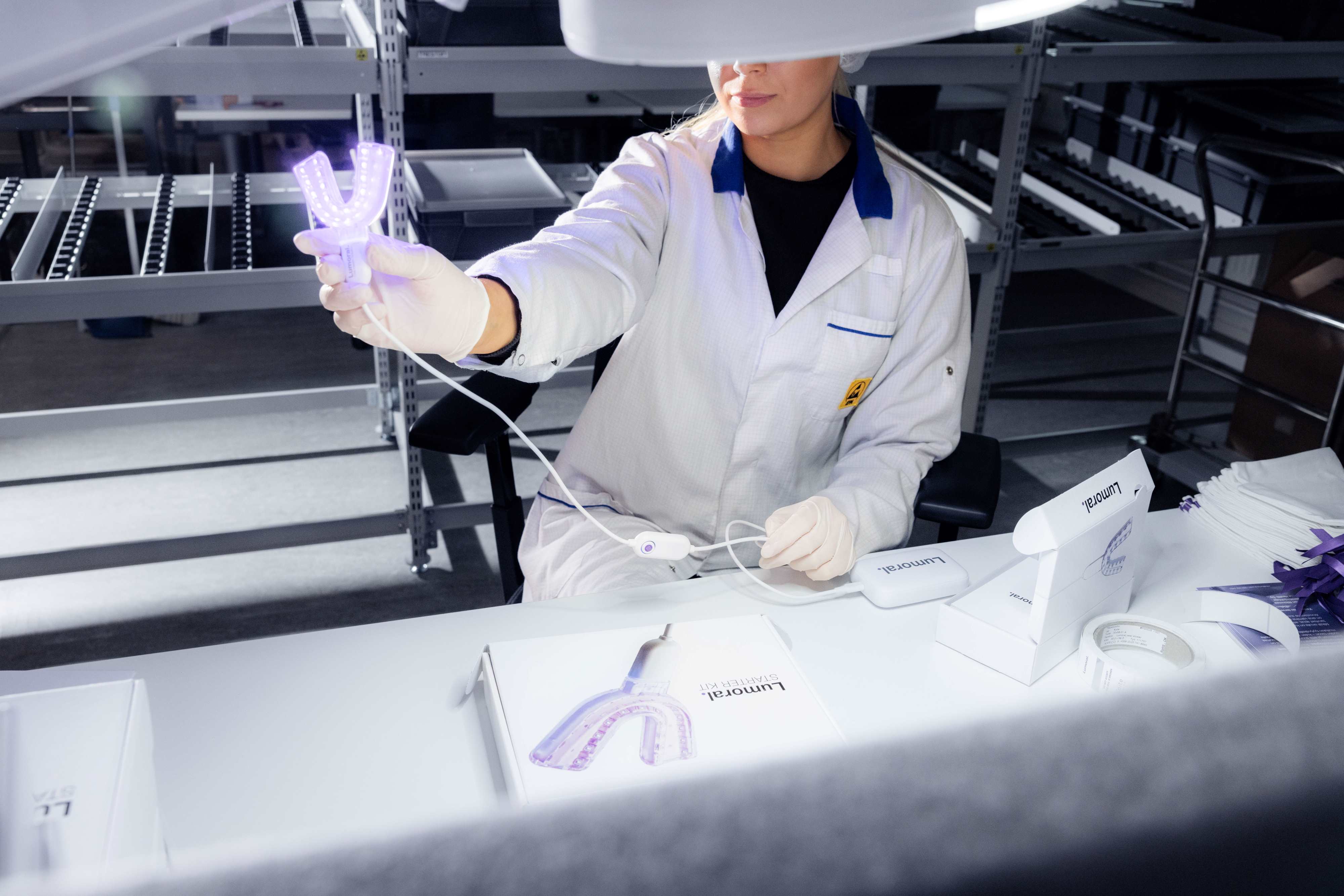
Koite Health Secures EU MDR Quality Management System Certification for Lumoral Devices
Stockholm, 12 November 2025 Koite Health Oy today announced that it has received the EU Quality Management System Certificate under the European Medical Device Regulation. The certificate covers th...
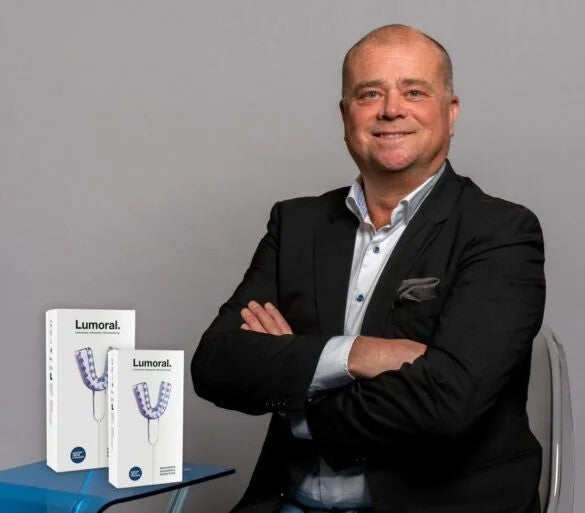
Koite Health appoints Peter Rådqvist from Sweden as CEO to lead international growth
Koite Health is strengthening its position in Sweden and international markets with a new CEO, expanded pharmacy partnerships, and a new growth strategy. The company's patented Lumoral® innovation,...

TV host Satu Tuomisto on the Nerve Damage That Changed Everything
“If I can get through this, I can get through anything.” Finnish TV presenter and media personality Satu Tuomisto suffered permanent nerve damage during a wisdom tooth extraction - just days befo...
